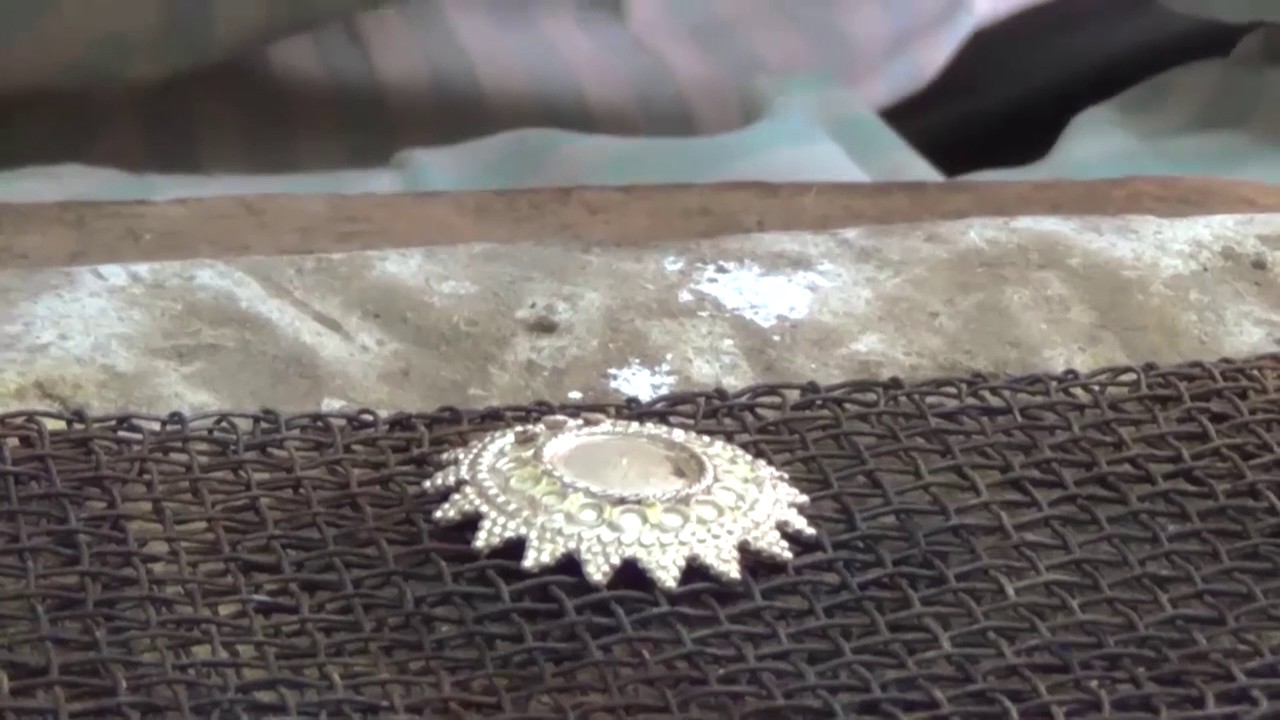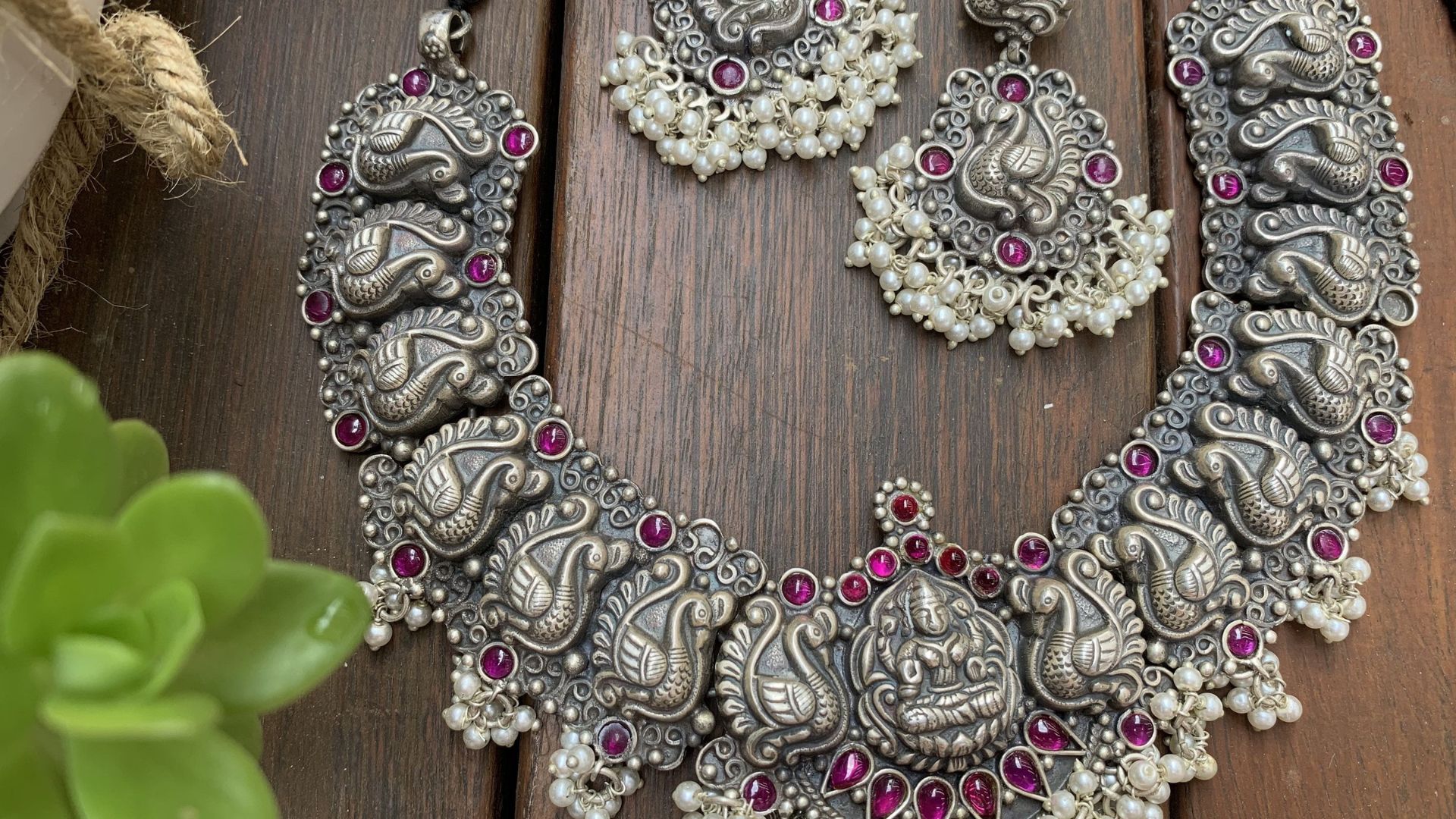Traditional silver jewelryholds a special place in the world of adornments, embodying timeless elegance and rich cultural heritage.
For centuries, silverhas been used to create exquisite jewelrypieces that are not only beautiful to wear but also steeped in symbolism and tradition.
From intricate silver necklacesto ornate silver earrings, traditional silver jewelry has a unique charm that transcends generations and remains relevant in modern times.
In this article, we will explore the beauty, significance, and enduring appeal of traditional silver jewelry, delving into its history, cultural significance, design elements, care tips, and where to find authentic pieces.
The History Of Traditional Silver Jewelry
Silver has a long and illustrious history in jewelry making, datingback to ancient civilizations such as Egypt, Greece, and Rome.
In these cultures, silver was highly prized for its rarity, luster, and malleability, making it ideal for creating intricate jewelry designs.
In fact, silver was often considered more valuable than goldin certain civilizations due to its rarity and versatility.
Over the centuries, silver jewelry became an integral part of various cultures around the world, representing social status, wealth, and religious beliefs.
Silver has been used in jewelry making for thousands of years, with evidence of its use dating back to ancient civilizations such as Egypt, Mesopotamia, and the Indus Valley.
In these early societies, silver jewelry was often worn as a status symbol, denoting wealth, power, and social standing.
Silver artifacts, including jewelry, were also buried with the deceased as a form of wealth and protection in the afterlife.
In ancient Egypt, silver jewelry was highly prized and worn by both men and women.
Silver amulets, earrings, and ringswere popular, often featuring intricate engravings and precious gemstones.
Silver was also used to create ceremonial objects, such as the ankh, a symbol of life, and the Eye of Horus, a symbol of protection and healing.
In Mesopotamia, silver was used to create elaborate jewelry pieces that were worn by royalty and the elite.
Silver necklaces, bracelets, and earrings were adorned with gemstones, pearls, and enamel work, showcasing the advanced craftsmanship of the time.
In many traditional societies, silver jewelry was worn as a form of protection against evil spirits, as a symbol of fertility, or as a mark of wealth and prosperity.
In some cultures, silver jewelry was also used as a form of currency or a means of exchange.
Cultural Significance Of Traditional Silver Jewelry
Traditional silver jewelry holds significant cultural importance in many regions around the world. It is often deeply rooted in the history, customs, and traditions of a particular community or society. Let's explore the cultural significance of traditional silver jewelry and how it is valued in various cultures.
- Indigenous Jewelry- In many indigenous cultures, traditional silver jewelry is an important part of their identity, heritage, and spirituality. It may be used for ceremonial purposes, as a symbol of status or wealth, or as a form of protection.
- Tribal Jewelry - In various tribal communities across the world, traditional silver jewelry is often worn as a representation of cultural pride and heritage. It can signify a person's tribal affiliation, marital status, or social status within the community.
- Wedding Jewelry- Traditional silver jewelry often plays a significant role in wedding ceremonies and celebrations in many cultures. It can symbolize the bond between two people, represent their social status or wealth, or be worn as a protective talisman.
- Folklore and Mythology- In some cultures, traditional silver jewelry is associated with folklore, myths, and legends. It may have symbolic meanings and be believed to possess magical or healing powers
- Regional Traditions- Traditional silver jewelry often reflects the regional traditions and customs of a particular area or country. It can showcase the local craftsmanship, materials, and design elements that are unique to that region.
- Family Heirlooms - Traditional silver jewelry is often passed down through generations as family heirlooms, carrying sentimental value and emotional significance.
- Artistic Expression- Traditional silver jewelry is also appreciated for its artistic expression and craftsmanship. The intricate designs, meticulous details, and handcrafted techniques involved in creating traditional silver jewelry are often seen as an art form.
Design Elements Of Traditional Silver Jewelry
One of the unique aspects of traditional silver jewelry is its intricate design elements that reflect the cultural aesthetics and craftsmanship of a particular region or community. Design elements play a crucial role in defining the aesthetic appeal of traditional silver jewelry.
These elements include motifs, patterns, engravings, and finishes that are commonly associated with traditional silver jewelry styles.
Let's explore some of the key design elements that make traditional silver jewelry truly unique and exquisite.
- Intricate Filigree Work- Filigree is a popular design technique used in traditional silver jewelry, where thin wires of silver are twisted and soldered together to create delicate and intricate patterns.
- Engraving and Embossing- Engraving and embossing are techniques used to add depth and texture to traditional silver jewelry. Engraving involves carving intricate designs into the surface of the silver using specialized tools, while embossing involves raising the metal from the back to create raised designs on the front surface.
- Repoussé and Chasing- Repoussé and chasing are techniques used to create raised and recessed designs on silver jewelry. Repoussé involves hammering the metal from the back to create raised designs on the front while chasing involves using specialized tools to create recessed designs by pushing the metal from the front.
- Granulation- Granulation is a decorative technique that involves attaching small granules or beads of silver to the surface of the jewelry to create intricate patterns and designs.
- Symbolic Motifs - Traditional silver jewelry often features symbolic motifs that hold cultural or religious significance. These motifs can include flowers, animals, birds, or religious symbols, and are often used to convey a specific message or meaning.
- Oxidized Finishes- Oxidized finishes are commonly used in traditional silver jewelry to create a darkened, antique look. This finish is achieved by intentionally oxidizing the silver to create a patina or tarnish on the surface, which adds depth and character to the piece.

Traditional Silver Jewellery - Kutch, Gujarat
Traditional Silver Jewelry - Modern Interpretations And Fashion Trends
While traditional silver jewelry holds a timeless charm, it has also evolved to adapt to modern fashion trends and styles.
In this section, we will explore how traditional silver jewelry has been interpreted in contemporary designs, blending traditional craftsmanship with modern aesthetics.
We will also discuss current fashion trends in traditional silver jewelry, including popular styles, designs, and materials.
Whether it's a statement necklace, a pair of statement earrings, or a stack of bangles, traditional silver jewelry continues to captivate the fashion world with its versatility and timeless appeal.
Modern interpretations of traditional silver jewelry also include a fusion of different cultures and aesthetics.
Jewelry designers are often inspired by the beauty and artistry of traditional silver jewelry from different regions and cultures, and they combine these influences to create hybrid designs that are truly unique.
For instance, a designer may combine the intricate filigree work of Indian silver jewelry with the bold geometric patterns of Native American jewelry to create a one-of-a-kind piece that reflects a modern, global aesthetic.
People Also Ask
What Are Some Common Design Motifs Found In Traditional Silver Jewelry?
Traditional silver jewelry may feature design motifs such as floral patterns, geometric shapes, or religious symbols, depending on the cultural influences.
How Is Traditional Silver Jewelry Passed Down Through Generations In Families?
Traditional silver jewelry is often passed down as family heirlooms, with sentimental value and emotional significance attached to them.
What Are Some Examples Of Traditional Silver Jewelry From Middle Eastern Countries?
Traditional silver jewelry from Middle Eastern countries may include intricate geometric patterns, calligraphy, and enamel work.
What Role Does Traditional Silver Jewelry Play In Wedding Ceremonies In Indian Culture?
In Indian culture, traditional silver jewelry is commonly worn by brides as part of their wedding ensemble, symbolizing good luck and prosperity.
What Are Some Cultural Beliefs Associated With Traditional Silver Jewelry In Native American Culture?
In Native American culture, traditional silver jewelry, such as turquoiseand silver cuffs, squash blossom necklaces, and concho belts, may hold spiritual significance and be worn during sacred ceremonies and celebrations.
Conclusion
Traditional silver jewelry has not only stood the test of time but has also evolved to adapt to modern interpretations and fashion trends.
With its timeless charm and versatility, traditional silver jewelry continues to captivate jewelry enthusiasts around the world.
Jewelry designers are constantly experimenting with new techniques, materials, and styles to create innovative pieces that blend traditional craftsmanship with contemporary design elements.
Fashion trends in traditional silver jewelry include statement necklaces, layering, minimalist designs, nature-inspired motifs, and bohemian vibes.
Whether worn in traditional or modern interpretations, traditional silver jewelry remains a symbol of style, sophistication, and enduring beauty.
So, whether you're wearing a vintagepiece passed down through generations or a modern silver necklace inspired by traditional designs, traditional silver jewelry continues to hold a special place in the world of fashion and jewelry, standing the test of time as a timeless and beloved accessory.
